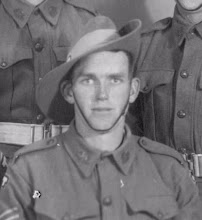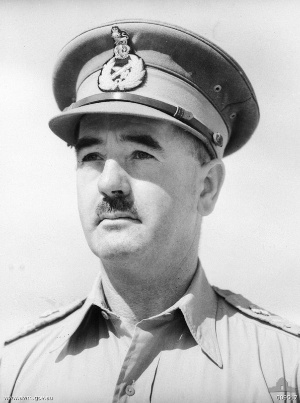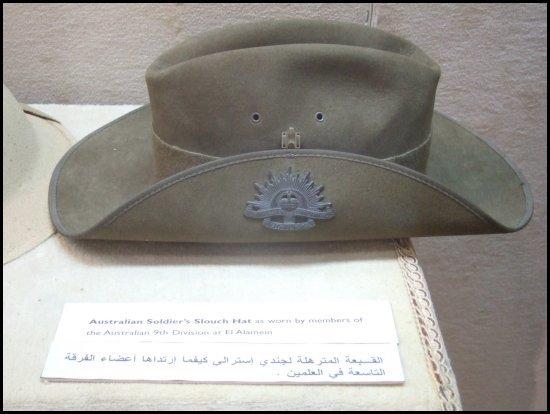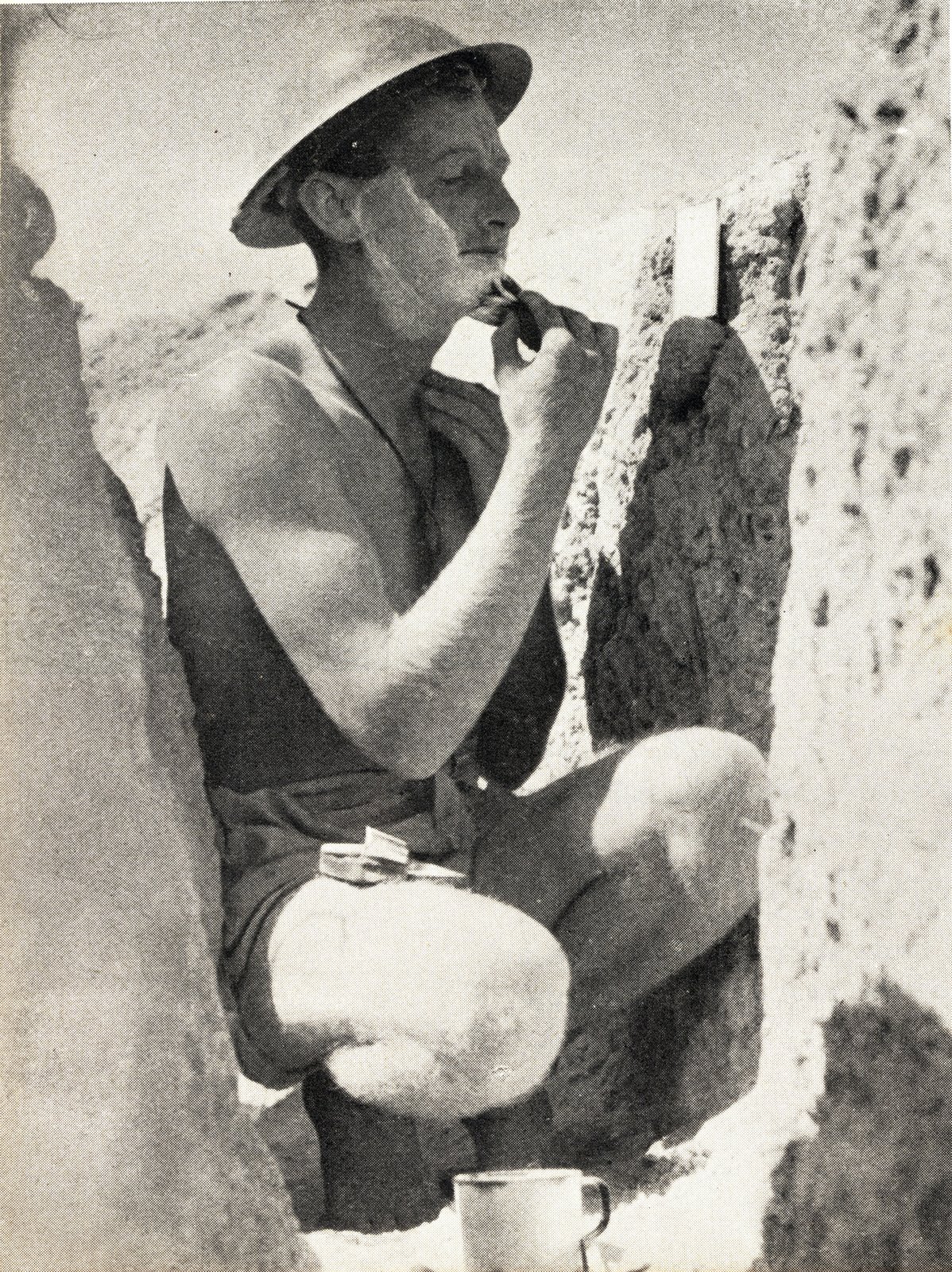Stuka's bomb the 2/24th in the Red Line.
This amazing photo was taken from within a Carrier of the 2/48th Infantry Battalion as they approached the Red Line to offer assistance to the entrenched 2/24th. This attack was the second major thrust made by Rommel during the Siege and was heavily supported by artillery, tanks and infantry. The ever present Luftwaffe added the icing to the cake presented to the Diggers by their relentless dive bombing of the Red Line positions.
The Luftwaffe's aerial bombing was an attempt to demoralise the Australians and more importantly keep them underground in their Red Line posts whilst tanks and supporting infantry moved up to favourable positions in front of the anti-tank ditch.
This battle signalled the beginning of a period of bloody fighting that developed into the Battle of the Salient. This was one of the most trying and costly actions of the entire defense of Tobruk, for both sides.
The Carrier in the above photo has a Boys Anti-Tank Gun mounted in the forward gun position, the barrel of which can be seen protruding from the front of the photo. Also other tracks can be seen in the desert surface in front of the Carrier's direction of travel. These are most likely tracks from other Australian Carriers as opposed to Axis Tank tracks. The Axis tanks were a this stage of the battle concentrated to the front of the Red Line and not further back where this photo was taken.
No men were killed by the Stuka's bombs this day but on the day after this photo was taken 32 men from the 2/24th Infantry Battalion were killed in action in the Red Line.
image 128989 Australian War Memorial.











